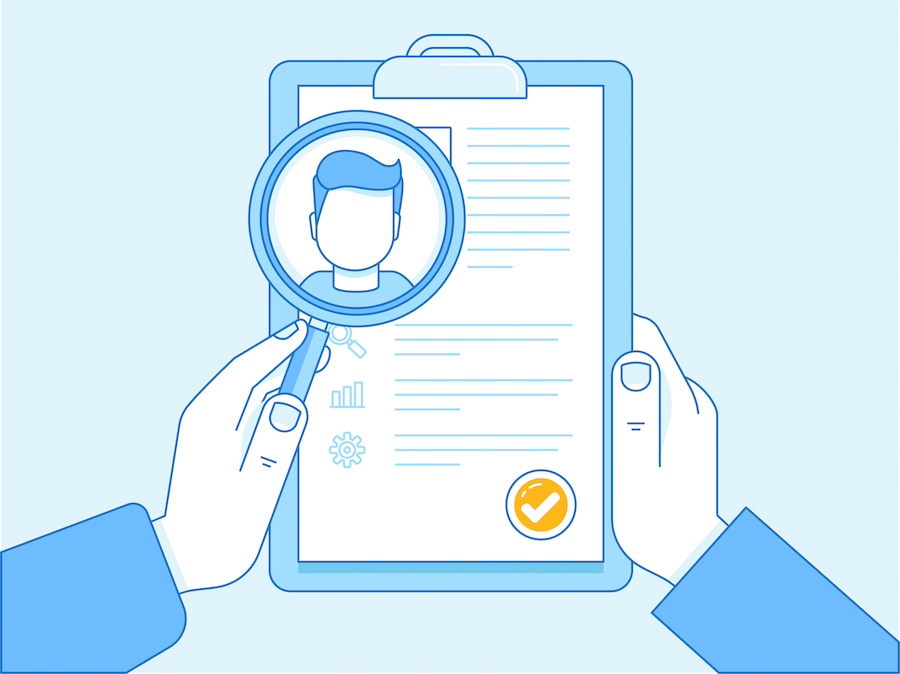Your Résumé vs. LinkedIn
By Christina Stokes
April 2024
In this digital age, job seekers have access to a plethora of incredible tools to support them in their searches. Gone are the days of solely relying on Craigslist to apply for open jobs or circling ads in the Sunday newspaper.
Amid this (sometimes overwhelming) abundance, two indispensable tools stand out: your résumé and your LinkedIn profile. Having both finely honed and ready to use will be a huge benefit to you in your job search.
You might be wondering: What sets these two apart? Can I simply copy and paste my resume’s content into my LinkedIn profile? Yes, of course you can! But, while that’s an option, I wouldn’t advise it. Here’s why:
Format and content.
The résumé is typically a very concise document. At no more than one to two pages in length, the résumé summarizes an individual’s work experience, skills and education, focused on primary responsibilities and top-line achievements.
While a résumé might be customized for specific job applications, something I often advise, it still almost always follows a standardized format.
The name of the game with a résumé is brevity and relevance. You’ll use the document to highlight key achievements and skills directly related to the job being applied for. A résumé characteristically includes sections such as a summary or objective statement, work experience, education, skills, and sometimes additional sections like certifications or volunteer work.
LinkedIn, on the other hand, provides countless ways to highlight your experience and capabilities. The platform allows for a dynamic and detailed representation of a person’s professional journey, and not just a comprehensive work history.
There are options to share endorsements from connections and recommendations from colleagues. You can highlight awards that you have won, classes you’ve taken and articles you have published. Your LinkedIn profile can even include multimedia elements, such as portfolios, presentations and more.
LinkedIn’s multitude of profile options and tools are a significant benefit for PR practitioners who wish to showcase their writing and elements of successful campaigns they have spearheaded or supported in a significant capacity, among other things.
Purpose and flexibility.
Résumés are typically sent directly to hiring managers or recruiters, or uploaded into job boards, as part of the job application process. For the most part, résumés are relatively static documents. People only update them periodically, and it is usually when they are ready to begin seeking a new job or when significant changes occur in their career, such as a promotion or the completion of a degree program.
LinkedIn is a trusted social networking site for professionals. The profiles we can create there serve as our professional online presence. They can be a very effective networking tool. It’s shortsighted to use LinkedIn as a carbon copy of your résumé. Viewable by recruiters, potential employers, colleagues and others interested in learning more about your background, you can extensively extend your professional reach.
Imagine that! You can use your LinkedIn profiles for networking, job searching and personal branding.
Since LinkedIn profiles offer job seekers greater flexibility than résumés, it is common to update them more frequently. Users can add new skills, update work experience, engage in conversations on posts, share articles and connect with new contacts. I’ve had a LinkedIn profile since very early on in my career, and it has been a tremendous value add to my professional brand.
As a talent acquisition professional, I am looking at everything, and I love to dig deep into what is available. Your résumé and LinkedIn go hand in hand and, when coupled together, they can weave a thorough, compelling and vibrant representation of your professional identity, which will better position you as a candidate in your job search.



